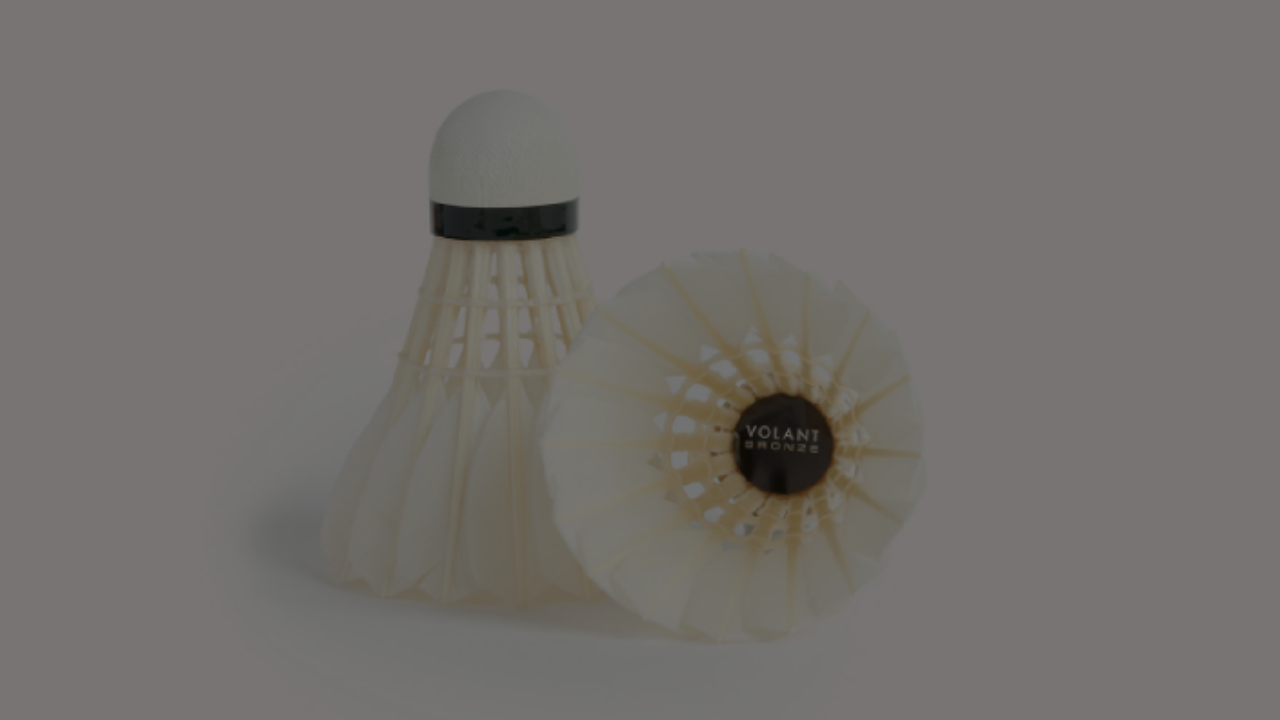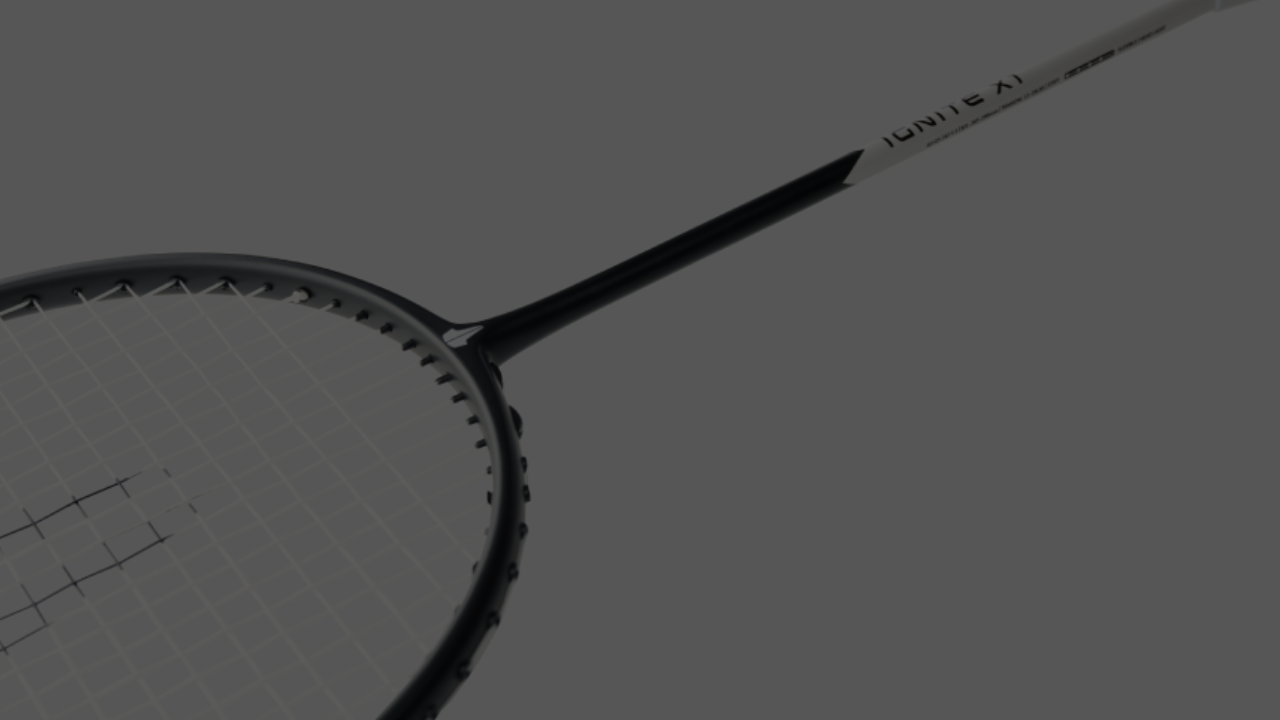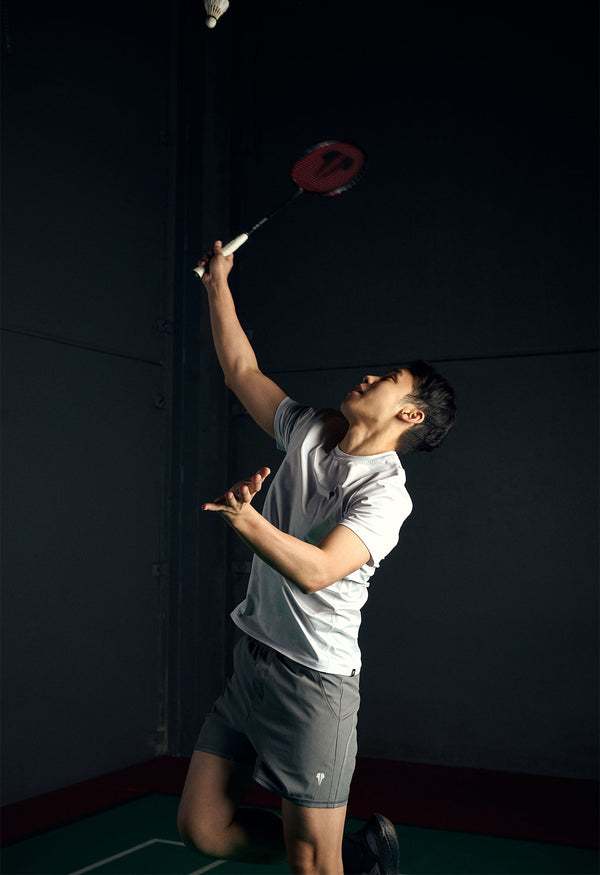Your Cart is Empty

September 23, 2020 7 min read
"Can a man be brave when he is afraid? That is the only time a man can be brave”
So, you’ve decided to take up a new sport? Good on you, mate! It doesn’t matter if you intend to play Badminton only a couple of times a week or even less. Congratulations on taking the first brave step towards fitness and a healthier lifestyle! It is natural to be slightly apprehensive about playing with others or in a public space where your game is in plain sight of others. You might think, “Oh, Jeff, you’re a pro, what would you know of being a beginner”, but let me remind you that a journey of a thousand miles begins with a single step, and you’ve already crossed that milestone when you decided to take up badminton.
True, I played badminton professionally but there was a time when I too, was a beginner. The only difference between a novice and I, is time and persistence. I’ve written this post to help you overcome this hesitation and be informed of the 8 basic steps that will help you grow into a better player.

Equipment
If you are taking up badminton only recreationally, you might be on the fence about whether to invest in an expensive kit yet. The market is flooded with rackets and you’re unsure about which one would suit you. Here’s a few tips to keep in mind, when narrowing down on a racket.
Here’s a more detailed look at choosing the right racket for you. We do recommend the Yonex Arcsaber and the Yonex Nanoray 7- both all-round performance rackets offering a high level of precision and control.
If you want more expert advice or are looking for a great range of equipment, check out www.badmintonclick.com.au
Warm Up
Honestly, I’ve lost count of the number of players I’ve seen injure themselves because they don’t warm up properly. You may think that because you’re only playing recreationally, this is a step that you can skip. Nothing could be further from the truth, my friend! Not warming up before playing could seriously injure you because your body will not be ready for the intensive shots or moves you might take during the match. Even a short jog and some light stretching will loosen your muscles up and reduce any stiffness that might cause you post game pain. Here’s is a great list of warm up exercises you could start doing, use this as a printable reference that you can carry with you or stick it somewhere you see it constantly so that it becomes part of your routine. Alternatively, here's a great video to refer to, if audiovisual media is more your thing.
Grip
You may find talking about how to hold your racket is boring, but it’s super important. Put simply, there are two ways to hold your racket in your hand: the forehand grip and the backhand grip.

An easy technique to remember when you’re learning how to hold your racket with a forehand grip is to think of shaking someone’s hand. Place your thumb against the wider part of the handle and curl your fingers around in a relaxed hold, nothing too tight. Badminton shots are mostly about being lithe and supple. Holding the racket tightly reduces the flexibility and power that your wrist to can generate.

For a backhand grip, your thumb points upwards and often rests against the widest part of the grip, although there are some variations. It’s not easy to explain in words, so make sure you check out the GIF below to see how to hold forehand and backhand grips.

Where you hold the grip is also essential to what kind of power you are able to exert while playing. We’ve discussed this in more detail in this post of ours.
Racket Position
One of the biggest mistakes I see is someone holding the racket where the head of the racket (where the strings are) is close to the ground.
When preparing to hit a shot, remember to hold your racket in an upwards position and not too close to your body. As a gauge, the head of the racket should be at approximately the same level as your eyes.
Your basic body stance should be knees slightly bent, feet apart- slightly more than the width of your shoulders, with the bulk of your weight being on your toes instead of your heels. Think, a tiger getting ready to pounce, except here, you’re the tiger and the racket is your claw. This kind of a position is often termed as the “ready position”.

A good racket position means that the time you get to hit the shuttle is reduced. Hitting it earlier gives your opponent less time to react, thereby increasing the pressure on them, thus helping you to win the point. Generally speaking, it is also easier to hit the shuttle at a greater height than it is to get a shot from a lower position, and it allows you to have a better selection of shots to choose from – therefore making it extremely hard for your opponent to know where you’re going to hit the shuttle. This area can get quite complex, so let us know if you would like us to make a more in-depth post about this, in the comment section below!
Footwork
Having played badminton professionally for so long, I would definitely consider myself to be a Footwork Nazi (no offence to anyone meant!). Footwork is possibly the easiest way to transform your style from an average player to an excellent one. The right footwork allows you to cover more area of the court, which means you can return more shots than average. We’ve devoted two entire extensive posts on footwork because it is so important and yet, so often overlooked in favour of learning jump smashes, deception and trick shots. Here’s post 1 and here’s post 2. Post 2 is especially important if you’re looking to gain extra traction, since it breaks down what your footwork goals should be.
Social Connections
There’s no denying that playing a sport like badminton ups your social life. You may choose to play at a club or at a private venue but there’s one thing I’d really like to emphasise on, and that is practice. Find yourself a group of people you can constantly play with. You will not get better at your game if you only read blogs or watch YouTube videos on Lin Dan or Lee Chong Wei. You have to get onto a court and actually play to improve your skills – and why not do that with people that you like to play with! Do not worry about success or failure. As Nelson Mandela wisely said, “It always seems impossible until it’s done”. It doesn’t matter if you can’t hit every shot on day 1- you’ll still hit more than the zero shots you will if you’re sitting at home. After all, a black belt is simply a white belt who never gave up!

Your Arsenal of Shots
While you might initially get into badminton because of the wow shots you see the pros making on TV or YouTube, badminton is like life: you’ve got to walk before you can run. Trying to perfect a trick shot when your footwork is non-existent, is a foolproof recipe for absolute disaster! Get your basics right before you get into more advanced “fancier” techniques. While trying to imitate the 4 kings can be very tempting, remember that they were doing the basics for years before they were able to develop those dynamic shots. Use them as inspiration to get to that level but also get your basic elements right first!
Ask the Right People for Advice
Lastly, remember to be careful of who you take advice from. Too many cooks spoil the broth and if you listen to everyone on how to better your game, you will end up confused and unable to enjoy the game or develop a style of your own. Remember that it is easier to cultivate a good habit when you’re a blank slate rather than to correct bad habits later on – so make sure you’re asking someone for advice who knows what they’re talking about! If you need any help with this, we’re more than happy to help as we know people all over the world who can offer you the right advice.
There you go, these are our top tips for beginners. We’d love to hear your views on this as well as any tips and tricks you’d like to add. Share this post with the beginners in your life and comment below to tell us your badminton experiences. This community is all about sharing our best practices and there’s nothing that makes our day as much as comments from our readers! Till next time…
Jeff is an ex-international badminton player who represented Australia at the Commonwealth Games (twice as a player & once as a coach), World Championships, All England Championships and multiple Thomas and Sudirman Cups. He was the Australian National Coach, Senior State Head Coach and is the co-founder of Volant badminton & The Badminton Podcast. Jeff is extremely passionate about building the worldwide badminton community & showing the world how incredible our sport really is.
Comments will be approved before showing up.

August 20, 2025 2 min read

July 17, 2025 2 min read
Shuttlecocks aren’t cheap, and replacing them constantly stings the wallet. With a little care, though, you can stretch their lifespan and keep your game flying high. Whether you’re using feather or nylon, here’s how to make them last—plus why Volant Badminton’s options are worth your shot.

June 25, 2025 2 min read
Strings wear out—it’s a fact of badminton life. Slack, frayed, or snapped strings kill your shots, so knowing when to restring keeps you sharp. How often depends on your play, and here’s how to figure it out—plus why Volant Badminton’s gear makes it easy.
Be the first to know when a new blog post comes out!
Curated articles, tips and advice, tailored to the sport of badminton.
Sign up and enjoy 10% off your first order.

Join the Volant Community and improve your game!
*Discount code excludes shuttlecocks